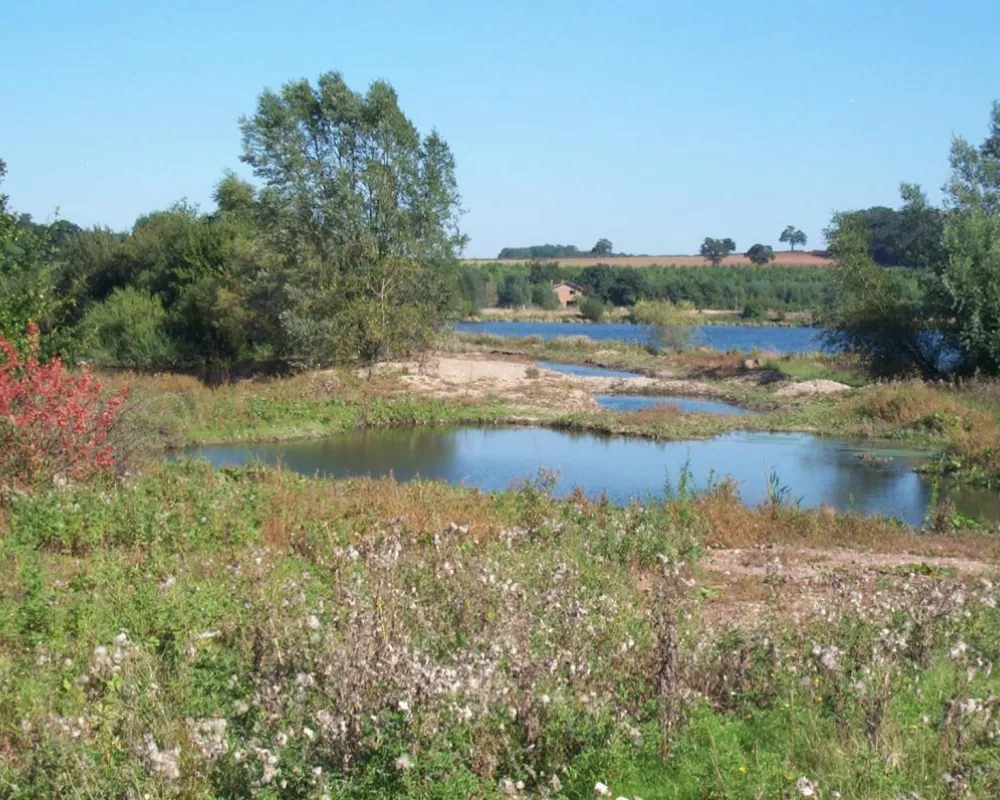Investigation of the potential of new lakes at Barton quarry as aquatic biodiversity hotspots by Loughborough University and University College London

Lakes and wetlands are hotspots of biodiversity in the landscape. They support complex communities of fauna and flora and providing important ecosystem services for the wetland and wider catchment. These services include water purification, sediment filtration, pollutant sinks, biogeochemical cycling and nutrient storage (e.g. phosphorus, carbon) and recreational facilities. They also provide resources and habitats beyond the aquatic communities themselves and attract a wide range of fauna including wading and migrating birds, amphibians, mammals and insects with aquatic larval stages.
Quarry excavations, both deep and shallow, can become new wetland and lake ecosystems that offset the dramatic disappearance of these habitats through agricultural drainage and urban development over the last 150 years. The biological characteristics of small lowland lakes, natural or artificial, are principally determined by nutrient loading: importantly nitrogen (N) and phosphorus (P), in compounds derived from agricultural land drainage, domestic and industrial waste and sewage treatment. High nutrient levels support dense phytoplankton blooms (eutrophication) which can have serious consequences for aquatic biodiversity. Undesirable effects include reduced water transparency, water deoxygenation and fish kills and loss of rooted aquatic vegetation leading to steep declines in biodiversity.
This proposal follows on from a previous successful initial investigation (2012 Quarry Life UK 2nd place). A rare opportunity exists at Barton to monitor, and manipulate, the aquatic ecosystem of a lake newly formed after final extraction operations of deep gravel (~8-10 m) beds. This new lake will fill during April 2014; we propose to follow its development over the first summer period (2014). We will also survey the existing lake-pond system at Barton in greater detail than in 2012, and will consider the role of various biological and physical manipulations on aquatic diversity. We will examine the likely role frequent River Trent flooding has in terms of nutrient supply and ecosystem quality, and the possibility of excluding flood water from at least one lake. Clearly, wetland-lake complexes, like Barton, the multiple roles of biodiversity, aesthetic value, ecosystem services, flood prevention and alleviation, need to be balanced against each other. High diversity quarry lakes are very desirable systems that contribute much to regional biodiversity in river-floodplain environments.



